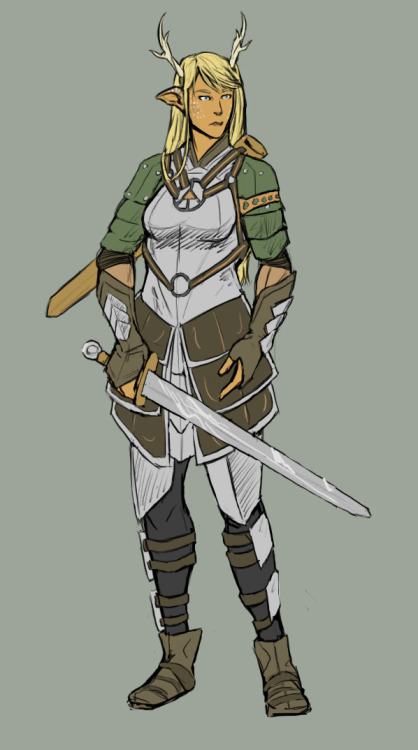Okay cool, I think I finally figured out all the major points in my story. Now I just need to work out what I'm doing with some subplots and I should be good to start writing again.. I'm outlining according to the four-act structure, which is very helpful. If you're not familiar with the four-act structure, I strongly suggest looking it up and figuring out what the key turning points in your story are before you get there. Here's the tl;dr summary:
Act I - Setup: Hook, setup. Establish the stakes for the hero--their life and everything they stand to lose during the story, their inner demons, their backstory, etc.--and foreshadow the antagonist or antagonistic force.
- Hook (5-10%): Something that grabs the reader's attention during the first act. It doesn't reveal the true goal of the story yet, but it might foreshadow it. Following the hook takes us through the first act. The hero does need to be doing something interesting before the hook shows up, but it could just be something interesting from their daily life rather than something that foreshadows the plot.
Plot Point I (20-25%): Reveals the true nature of the antagonistic force and defines the protagonist's goal for the rest of the story. The antagonist may show up before this point, but the audience shouldn't understand its full meaning.
Act II - Response: The reaction to Plot Point 1, the beginning of the hero's quest. This may involve running, hiding, analyzing, planning, failed attempts to address the problem, etc. Your hero can do things that are proactive during this part, but they shouldn't make significant headway against the antagonist yet since Act II is essentially reactionary.
- Pinch Point I (35-38%): A direct display of the antagonist that reminds us what's at stake halfway through Act II. The antagonist needs to actually appear directly to the audience, not simply be heard about.
Midpoint (50%): The turning point of the story. Some key piece of information is revealed that changes the context for the hero, audience, or both. It makes the story switch from reaction mode to attack mode.
Act III - Attack: The hero starts attacking the problem head-on, trying to fix things, making headway, conquering their inner demons, etc. The antagonist also ups their game, so the stakes rise.
- Pinch Point II (63%): Same as the first one but halfway through Act III instead.
Plot Point II (75%): The final piece of information necessary for the hero to defeat the antagonist is revealed. After this point, no new information is allowed to enter the story.
Act IV - Resolution: The climax. The hero takes the spotlight and is central to the story's resolution.
Once you figure out your these milestones and what's going on in each of the four acts, you have basically your whole story figured out, since most of the rest of it is setup/response for the major events. I find that scene-by-scene outlines don't work well for me because it's hard to predict for context before you write, but it's essential to know what's going on in each of the four acts. If you haven't been building up to your milestones, you're unlikely to magically figure them out when you get there and will probably need to do significant restructuring on subsequent drafts.
Basically all published novels and screenplays follow this format, so it can be a helpful exercise to dissect the structure as you read or watch movies.

